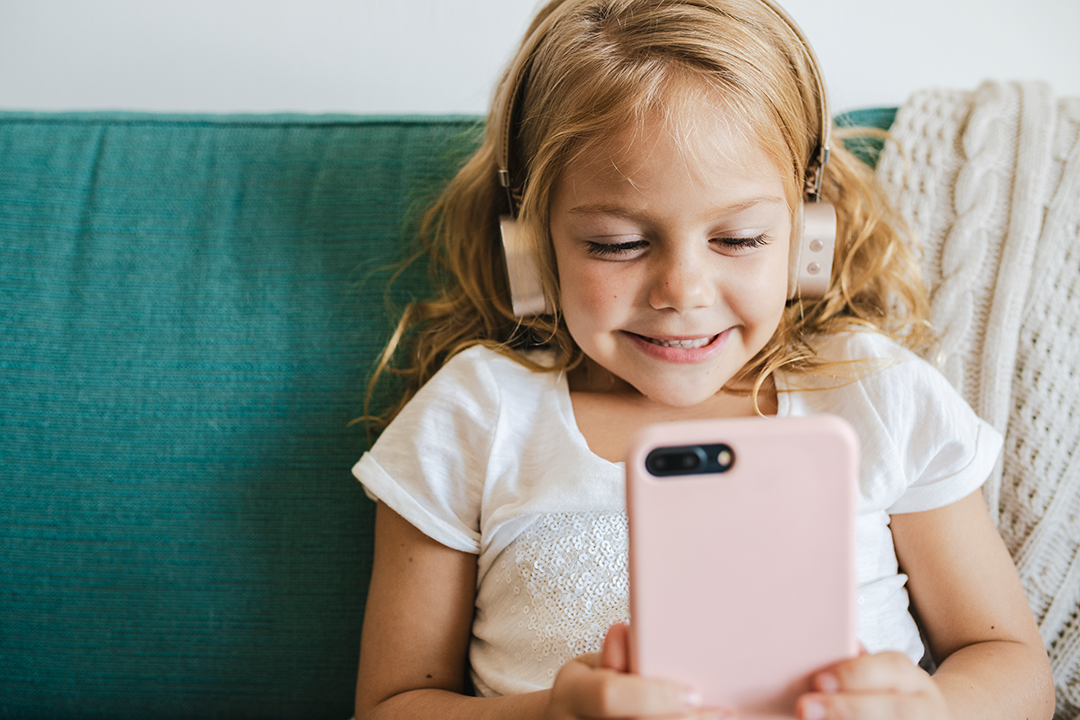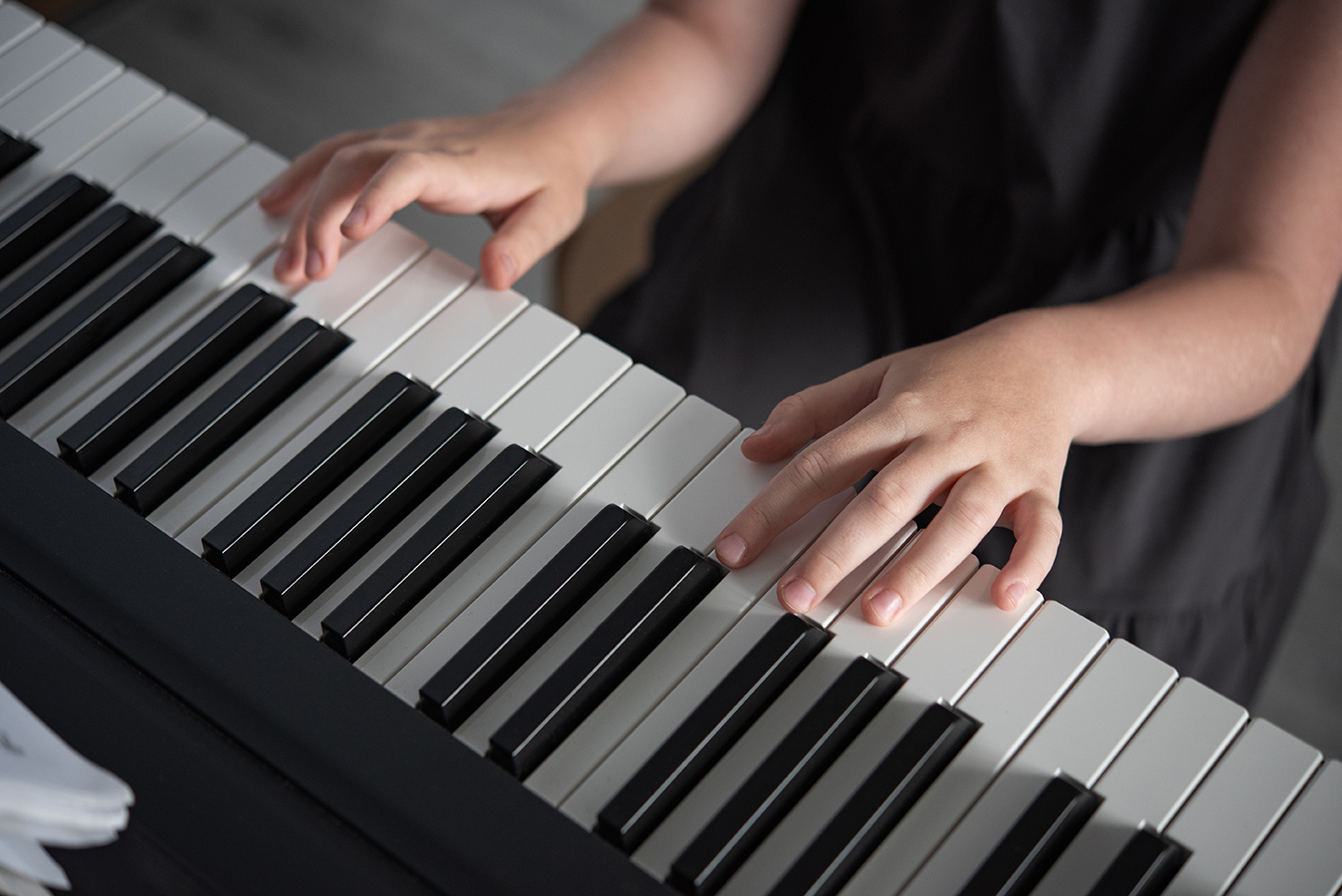Feeling music – how deaf people perceive music and what it can actually do
Latest Posts • 25. november 2021
Spontaneously, we associate music with the sense of hearing. At the same time, we can also experience music with other senses. We are trying to make use of this in our early musical education. In our lessons, children should perceive music holistically, they should not only hear it but also feel it. And of course deaf people can also perceive, experience and make music. They can feel the music and concentrate on the vibrations. Because music doesn’t just land in our auditory canal, it flows through our body and triggers certain emotions.

Feelable music for deaf people
Within a very short time, music can affect our mood. And it also affects physical functions, our heartbeat, posture and even our metabolism. It’s not just the melody that plays a role. The rhythm, the harmony and the tempo of the music are also crucial.
And even deaf people and people with low auditory perception are able to hear music to a certain point. In most cases, this is so-called feelable music.
Different frequencies and vibrations are perceived – or rather felt – through the cavities in the body. Tactile and vibratory vibrations are felt especially through the soles of the feet and the palms of the hands.
Even with deafness, single, low tones can be perceived. However, the harmony and tonality of a song plays less of a role. Rhythms on low frequencies, on the other hand, can be sensed well. The exact perception of music depends on the degree and type of deafness.
Deaf people can not only perceive music, they can also actively make music. A good example is the Scottish musician Evelyn Glennie. At the age of twelve, she lost her hearing almost completely due to a disease. This did not stop her from establishing drums as a solo instrument and bringing her music into the spotlight. “I see and feel the music and its vibrations, and I infer from the musicians’ bodies to their playing,” Glennie explains of her musicality.
Music to promote communication in deaf children
„Music is a language beyond words, it is universal. It is the most beautiful art there is, it manages to set the human body into vibrations…”
– Emmanuelle Laborit
Deaf children face special challenges in the development of their communicative skills. On the one hand, these are due to their reduced auditory abilities, but on the other hand also to their environment, in the way people, who are close to them, deal with their deafness.
A so-called multi-sensory approach, i.e. an approach that involves different senses in these learning processes, can be beneficial for the development of communication skills. This is because other areas of perception such as the tactile, visual or kinesthetic (movement) areas can be further developed and compensate for the missing or reduced sense of hearing.
In addition, motor and sensory skills are closely linked to each other and can create an effect because of this connection. Decades ago, educators who worked with deaf children took advantage of this. For example as early as 1920, Mimi Scheiblauer used music and movement to support deaf children. Since then, corresponding approaches have been further developed.
The multi-sensory approach
The multi-sensory approach, according to musician and educationalist Shirley Salmon, offers deaf children the opportunity to relate sound and movement to each other. In addition, different materials such as Japanese paper balls, spinning tops, cloths, newsprint, balloons are used.
And access to music through several senses enables the most varied possibilities for experience and expression. This supports the development of dialogue and communication skills and practices interaction. It is an approach that we follow in a very similar way in our early music education Kling Klong, in which we can observe the positive effects on children with the most diverse preconditions.
Through the use of different materials, new sensory experiences can be made and the special features of the objects can be experienced. Of course, these experiences are not dependent on a spoken language competence. In this way, other skills such as spatial awareness and motor skills are trained along the way.
Target areas of the multi-sensory approach include:
– Training and expansion of perception
– Social learning
– Supporting the development of communication skills, gestures and facial expressions
– Support for voice development and speaking skills
The music is also experienced as an organizing element.
Once again, we see that music promotes community, creativity and numerous skills. And: music is accessible to everyone and it takes individual needs and perceptions into account.




I am not a deaf person so reading this was like an insight into a parallel universe. So interesting how we perceive reality.